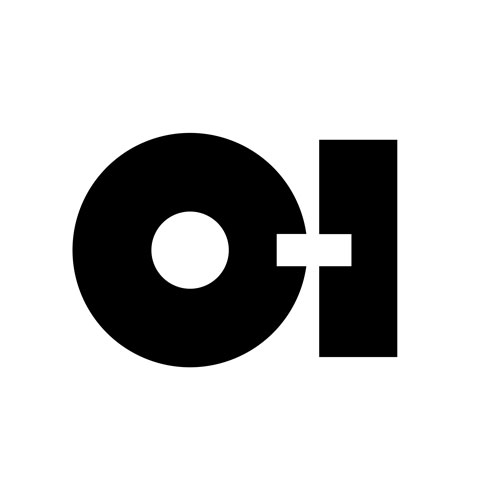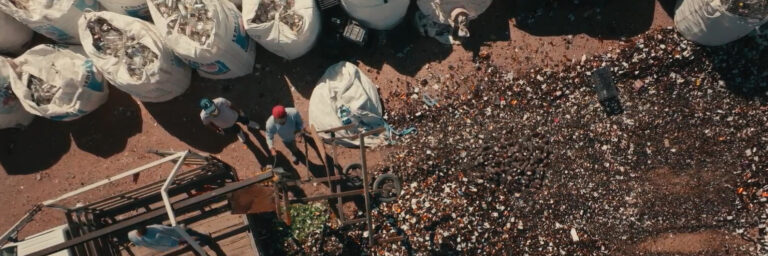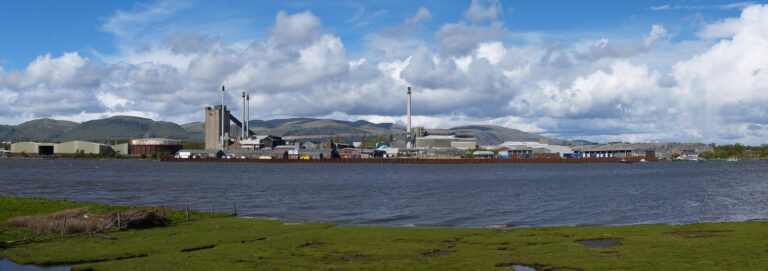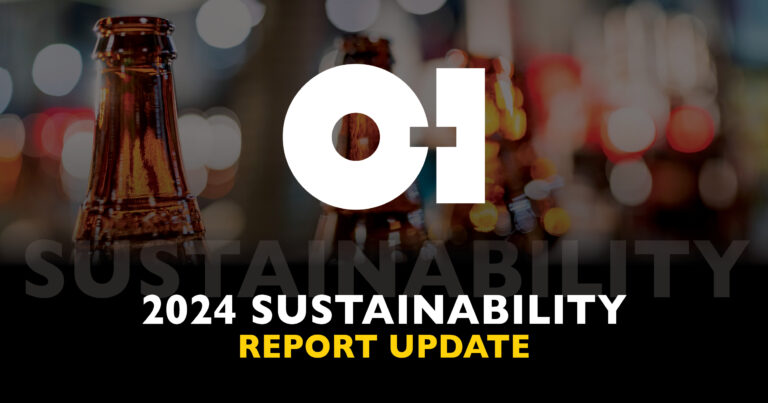PERRYSBURG, Ohio, Oct. 28, 2019 (GLOBE NEWSWIRE) — FOR IMMEDIATE RELEASE
Owens-Illinois, Inc. (NYSE: OI) today reported financial results for the third quarter ended September 30, 2019.
“O-I’s third quarter results were in-line with our most recent guidance and reflect the benefit of increased selling prices and our recent acquisition of Nueva Fanal which partially offset foreign currency pressures and lower than expected sales volumes,” said Andres Lopez, CEO. “Consistent with our focus on strengthening O-I’s balance sheet, we also reduced the company’s debt levels supported by free cash flow during the quarter.”
“In the face of softer than expected demand, we are accelerating our actions to curtail capacity and reduce costs. Separately, we are expanding our strategic portfolio review to include the evaluation of our Australia and New Zealand business. While our outlook for the year remains muted as reflected in our revised guidance, we anticipate these actions will enable us to stabilize the business and resume our long-term trend of improved performance and cash flow as well as further debt reduction in 2020.”
Highlights
- For the third quarter 2019, loss from continuing operations was $3.69 per share (diluted), compared with earnings from continuing operations of $0.75 per share (diluted) in 2018. 2019 results included a $595 million non-cash charge to reduce the carrying value of goodwill for the company’s North America business unit, primarily reflecting the continued unfavorable trend in beer demand in that market.
- Excluding certain items management considers not representative of ongoing operations, third quarter 2019 adjusted earnings1 were $0.54 per share, compared with $0.75 per share in 2018. $0.15 per share of this decline was attributable to unfavorable foreign currency translation and benefit from discrete items in 2018 that did not repeat in 2019.
- Net sales were $1.67 billion, down slightly compared to the prior year third quarter.
- Loss from continuing operations before income taxes was $536 million, compared to earnings of $168 million in the third quarter of 2018.
- Segment operating profit1 was $205 million, compared with $255 million in the third quarter of 2018. $32 million of this decline was attributable to currency and discrete items. Higher selling prices more than offset cost inflation yet total sales volumes were down approximately 1 percent. While benefiting from the recent acquisition of Nueva Fanal, lower than expected shipments reflected slower market growth, especially in Mexico and China, as well as continued unfavorable demand trends for beer and non-alcoholic beverages in the U.S.
- The company reduced its total debt by $443 million (net debt2 by $345 million) in the third quarter supported by free cash flow during the period.
- Important developments during the quarter:
- O-I advanced its tactical and strategic portfolio review initiative which now includes a strategic evaluation of the company’s Australia and New Zealand (“ANZ”) operation.
- The company made good initial progress improving operational efficiencies following increased production complexity linked to favorable mix changes in North America and Europe.
- The company has initiated its accelerated cost reduction initiative to advance productivity and cost take-out across the enterprise, supported by Accenture.
- The first commercial quality ware was delivered utilizing the company’s new MAGMA technology. Building from this important milestone, the company announced the expansion of MAGMA to its second location at Holzminden, Germany which should start production in the second half of 2020.
- On October 28, 2019, the company’s Board of Directors declared a quarterly cash dividend of $0.05 per share, payable on December 16, 2019, to stockholders of record as of the close of business on November 29, 2019.
- O-I expects full year 2019 adjusted earnings of approximately $2.20 – $2.25 per share. This updated outlook assumes continued softer demand reflecting slower global market growth, capacity curtailments to align supply with lower demand and incremental foreign currency translation headwinds. The company also now expects its 2019 cash provided by continuing operating activities will approximate $390 million to $415 million and adjusted free cash flow will approximate $100 million.
Third Quarter 2019 Results
Net sales in the third quarter of 2019 were $1.67 billion, down slightly compared to the prior year quarter. Sales benefited from higher selling prices, which improved approximately 2.5 percent, as well as the additional revenue attributable to the Nueva Fanal acquisition. However, unfavorable foreign currency translation impacted the topline and organic sales volume lagged prior year levels.
Global sales shipments declined approximately 1 percent compared with the prior year. Excluding sales from the recently acquired Nueva Fanal operation, organic sales volumes declined approximately 3.5 percent given slower global market growth especially in Mexico and China as well as continued unfavorable demand trends for beer and non-alcoholic beverages in the U.S.
Segment operating profit was $205 million in the quarter, compared with $255 million in the same period of 2018.
- Americas: Segment operating profit was $123 million, $35 million lower than the prior year. Foreign currency translation was a $3 million headwind and 2018 results benefited $13 million from the resolution of an indirect tax matter in Brazil that did not repeat this year. Operationally, higher selling prices more than offset cost inflation and earnings benefited from the recent acquisition of Nueva Fanal. Total sales volumes declined approximately 0.5 percent. Excluding Nueva Fanal, organic sales were down 5 percent primarily reflecting a double-digit decline in beer demand in the U.S., softer U.S. non-alcoholic beverage demand and slower market conditions in Mexico. While the business made initial progress addressing increased mix complexity, operating costs remain elevated, including the impact of capacity curtailment to align supply with lower demand.
- Europe: Segment operating profit was $79 million, a decline of $8 million from the third quarter of 2018. Foreign currency translation was a $3 million headwind and 2018 results benefited from an $11 million sale of CO2 credits that did not repeat this year. Operationally, the benefit of higher selling prices and mix improvement more than offset cost inflation while sales volumes declined approximately 1 percent. Operating performance was in-line with the prior year with progress from second quarter performance reflecting initial efforts to address the challenges following an increase in mix complexity.
- Asia Pacific: Segment operating profit in Asia Pacific was $3 million, a decline of $7 million from the third quarter of 2018. Foreign currency translation was a $2 million headwind and earnings reflected a $4 million retroactive adjustment related to a customer contract. Excluding this adjustment, higher selling prices offset cost inflation. Sales volumes were down approximately 3 percent. While shipments were up 4 percent in Australia and stable across most markets, volumes were down double digits in China reflecting the impact of trade tensions. Production and operating costs improved compared to the prior year as the company exited peak furnace rebuild activity conducted over the past 18 months.
Retained corporate and other costs were $4 million lower than the prior year reflecting the benefit of recent organization simplification initiatives and lower management incentive compensation expense.
O-I is continuing to advance its tactical and strategic portfolio review initiative. The company has made good progress on negotiating several non-core asset divestitures with potential pre-tax proceeds in excess of $200 million. In addition, this effort now includes a strategic review of the company’s Australia and New Zealand (“ANZ”) operation supported by Goldman Sachs. The strategic portfolio review is aimed at exploring options to maximize investor value, focused on aligning the company’s business with demand trends, improving the company’s operating efficiency, cost structure and working capital management, while ensuring the company remains well-positioned to address its legacy liabilities. The review is ongoing and may result in divestitures, corporate transactions or similar actions, and could cause the company to incur restructuring, impairment, disposal or other related charges in future periods.
Net debt was approximately $5.6 billion at the end of the third quarter of 2019. Supported by free cash flow for the period, net debt declined $345 million compared to the second quarter of 2019 including the partial redemption of O-I’s highest cost bond maturing in September 2020. Subsequently in the fourth quarter of 2019, the company entered into a $225 million bank loan with a sustainability-linked pricing mechanism tied to its Environmental, Social and Governance (ESG) rating. The proceeds were used to retire existing bank debt.
Over the course of 2019, the company’s North America business has continued to experience significant declines in beer category sales. As a result, the company revised its long-range plan in the third quarter leading to a detailed assessment of the region’s goodwill. Based on that evaluation, the company reduced the carrying value of North America’s goodwill by recording a non-cash charge of $595 million (after tax amount attributable to the company) which was excluded from adjusted earnings per share. As a result, goodwill attributable to the Americas region was reduced to $1.050 billion.
Outlook
O-I expects 2019 adjusted earnings of approximately $2.20 – $2.25 per share, which excludes certain items management considers not representative of ongoing operations. Similarly, the company anticipates fourth quarter 2019 adjusted earnings of approximately $0.45 – $0.50 per share. The company expects cash provided by continuing operating activities of approximately $390 million to $415 million and adjusted free cash flow of approximately $100 million in 2019. This 2019 outlook reflects the following key assumptions:
- Higher selling prices which more than offset cost inflation
- Approximately 1 percent decline in full year organic sales volume reflecting slower global market growth
- Capacity curtailment to align supply with lower than expected demand
- Capital expenditures of approximately $450 million to $475 million
- Higher working capital levels driven by a continued shift in regional and customer mix
- Year-end net debt in the range of $5.1 billion
- Foreign earnings and cash flow translation at October 24, 2019 currency rates
The earnings and cash flow guidance ranges may not fully reflect uncertainty in macroeconomic conditions and currency rates, among other factors.
Conference Call Scheduled for October 29, 2019
O-I CEO Andres Lopez and CFO John Haudrich will conduct a conference call to discuss the company’s latest results on Tuesday, October 29, 2019, at 8:00 a.m. EDT. A live webcast of the conference call, including presentation materials, will be available on the O-I website,
www.o-i.com/investors, in the Webcasts and Presentations section.
The conference call also may be accessed by dialing 888-733-1701 (U.S. and Canada) or 706-634-4943 (international) by 7:50 a.m. EDT, on October 29, 2019. Ask for the O-I conference call. A replay of the call will be available on the O-I website, www.o-i.com/investors, for a year following the call.
Contact: Sasha Sekpeh, 567-336-5128 – O-I Investor Relations
O-I news releases are available on the O-I website at www.o-i.com.
O-I’s 2019 earnings conference call is currently scheduled for Wednesday, February 5, 2020, at 8:00 a.m. EDT.
About O-I
At Owens-Illinois, Inc. (NYSE: OI), we love glass and we’re proud to make more of it than any other glass bottle or jar producer in the world. We love that it’s beautiful, pure and completely recyclable. With global headquarters in Perrysburg, Ohio, we are the preferred partner for many of the world’s leading food and beverage brands. Working hand in hand with our customers, we give our passion and expertise to make their bottles iconic and help build their brands around the world. With more than 26,500 employees at 78 plants in 23 countries, O-I has global impact, achieving revenues of $6.9 billion in 2018. For more information, visit o-i.com.
Non-GAAP Financial Measures
The company uses certain non-GAAP financial measures, which are measures of its historical or future financial performance that are not calculated and presented in accordance with GAAP, within the meaning of applicable SEC rules. Management believes that its presentation and use of certain non-GAAP financial measures, including adjusted earnings, adjusted earnings on a constant currency basis, adjusted earnings per share, adjusted earnings per share on a constant currency basis, segment operating profit, segment operating profit margin, net debt, and adjusted free cash flow, provide relevant and useful supplemental financial information, which is widely used by analysts and investors, as well as by management in assessing both consolidated and business unit performance. These non-GAAP measures are reconciled to the most directly comparable GAAP measures and should be considered supplemental in nature and should not be considered in isolation or be construed as being more important than comparable GAAP measures.
Adjusted earnings relates to net earnings from continuing operations attributable to the company, exclusive of items management considers not representative of ongoing operations because such items are not reflective of the company’s principal business activity, which is glass container production. Adjusted earnings on a constant currency basis are defined the same as adjusted earnings plus an adjustment to translate prior year results using current year foreign currency exchange rates. Adjusted earnings are divided by weighted average shares outstanding (diluted) to derive adjusted earnings per share. Adjusted earnings per share on a constant currency basis are defined the same as adjusted earnings per share plus an adjustment to translate prior year results using current year foreign currency exchange rates. Segment operating profit relates to earnings from continuing operations before interest expense (net), and before income taxes and is also exclusive of items management considers not representative of ongoing operations as well as certain retained corporate cost. Segment operating profit margin is segment operating profit divided by segment net sales. Net Debt is defined as total debt less cash. Management uses adjusted earnings, adjusted earnings on a constant currency basis, adjusted earnings per share, adjusted earnings per share on a constant currency basis, segment operating profit, segment operating profit margin, and net debt to evaluate its period-over-period operating performance because it believes this provides a useful supplemental measure of the results of operations of its principal business activity by excluding items that are not reflective of such operations. Adjusted earnings, adjusted earnings on a constant currency basis, adjusted earnings per share, adjusted earnings per share on a constant currency basis, segment operating profit, segment operating profit margin, and net debt may be useful to investors in evaluating the underlying operating performance of the company’s business as these measures eliminate items that are not reflective of its principal business activity.
Further, adjusted free cash flow relates to cash provided by continuing operating activities less additions to property, plant and equipment plus asbestos-related payments. Management uses adjusted free cash flow to evaluate its period-over-period cash generation performance because it believes this provides a useful supplemental measure related to its principal business activity. Adjusted free cash flow may be useful to investors to assist in understanding the comparability of cash flows generated by the company’s principal business activity. Since a significant majority of the company’s asbestos-related claims are expected to be received in the next five to seven years, adjusted free cash flow may help investors to evaluate the long-term cash generation ability of the company’s principal business activity as these asbestos-related payments decline. It should not be inferred that the entire adjusted free cash flow amount is available for discretionary expenditures, since the company has mandatory debt service requirements and other non-discretionary expenditures that are not deducted from the measure. Management uses non-GAAP information principally for internal reporting, forecasting, budgeting and calculating compensation payments.
The company routinely posts important information on its website at www.o-i.com/investors.
Forward-Looking Statements
This document contains “forward-looking” statements within the meaning of Section 21E of the Securities Exchange Act of 1934, as amended (the “Exchange Act”) and Section 27A of the Securities Act of 1933. Forward-looking statements reflect the Company’s current expectations and projections about future events at the time, and thus involve uncertainty and risk. The words “believe,” “expect,” “anticipate,” “will,” “could,” “would,” “should,” “may,” “plan,” “estimate,” “intend,” “predict,” “potential,” “continue,” and the negatives of these words and other similar expressions generally identify forward-looking statements.
It is possible the company’s future financial performance may differ from expectations due to a variety of factors including, but not limited to the following: (1) foreign currency fluctuations relative to the U.S. dollar, (2) changes in capital availability or cost, including interest rate fluctuations and the ability of the company to refinance debt at favorable terms, (3) the general political, economic and competitive conditions in markets and countries where the company has operations, including uncertainties related to Brexit, economic and social conditions, disruptions in the supply chain, competitive pricing pressures, inflation or deflation, and changes in tax rates and laws, (4) the company’s ability to generate sufficient future cash flows to ensure the company’s goodwill is not impaired, (5) consumer preferences for alternative forms of packaging, (6) cost and availability of raw materials, labor, energy and transportation, (7) the company’s ability to manage its cost structure, including its success in implementing restructuring or other plans aimed at improving the company’s operating efficiency and working capital management, achieving cost savings, and remaining well-positioned to address the company’s legacy liabilities, (8) consolidation among competitors and customers, (9) the company’s ability to acquire or divest businesses, acquire and expand plants, integrate operations of acquired businesses and achieve expected benefits from such acquisitions, divestitures or expansions, (10) unanticipated expenditures with respect to data privacy, environmental, safety and health laws, (11) unanticipated operational disruptions, including higher capital spending, (12) the company’s ability to further develop its sales, marketing and product development capabilities, (13) the failure of the company’s joint venture partners to meet their obligations or commit additional capital to the joint venture, (14) the ability of the company and the third parties on which it relies for information technology system support to prevent and detect security breaches related to cybersecurity and data privacy, (15) the company’s ability to accurately estimate its total asbestos-related liability or to control the timing and occurrence of events related to outstanding asbestos-related claims, including but not limited to settlements of those claims, (16) changes in U.S. trade policies, (17) the company’s ability to achieve its strategic plan, and the other risk factors discussed in the company’s Annual Report on Form 10-K for the year ended December 31, 2018 and any subsequently filed Quarterly Report on Form 10-Q.
It is not possible to foresee or identify all such factors. Any forward-looking statements in this document are based on certain assumptions and analyses made by the company in light of its experience and perception of historical trends, current conditions, expected future developments, and other factors it believes are appropriate in the circumstances. Forward-looking statements are not a guarantee of future performance and actual results or developments may differ materially from expectations. While the company continually reviews trends and uncertainties affecting the company’s results of operations and financial condition, the company does not assume any obligation to update or supplement any particular forward-looking statements contained in this document.
The company routinely posts important information on its website – www.o-i.com/investors.
1 Adjusted earnings per share and segment operating profit of reportable segments (“segment operating profit”) are non-GAAP financial measures. See tables included in this release for reconciliations to the most directly comparable GAAP measures.
2 Net Debt is a non-GAAP measure defined as Total debt less Cash. See tables included in this release for reconciliations to the most directly comparable GAAP measures.
Attachments
